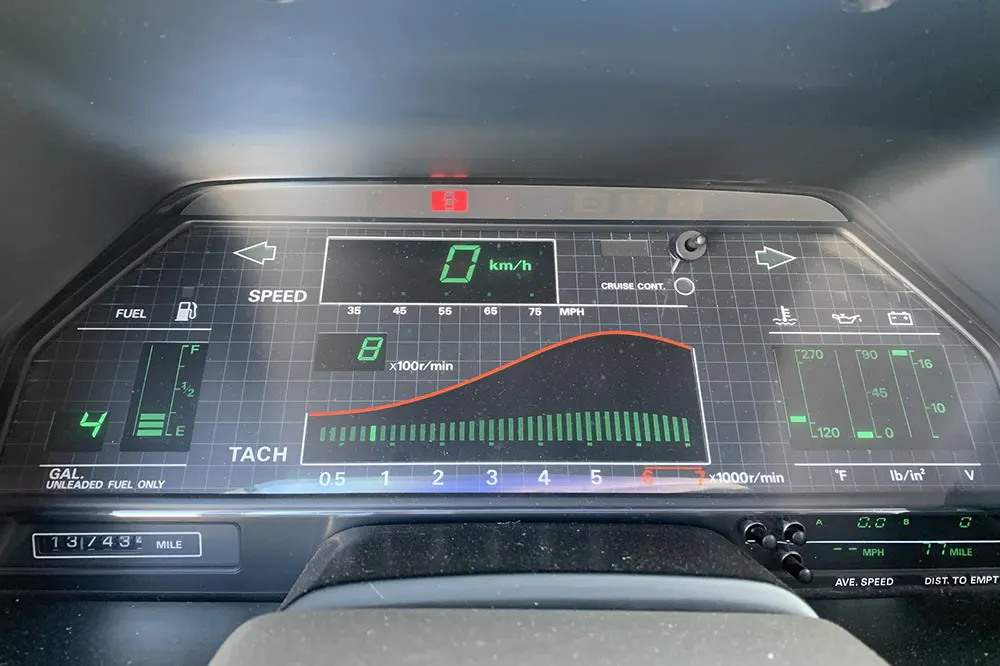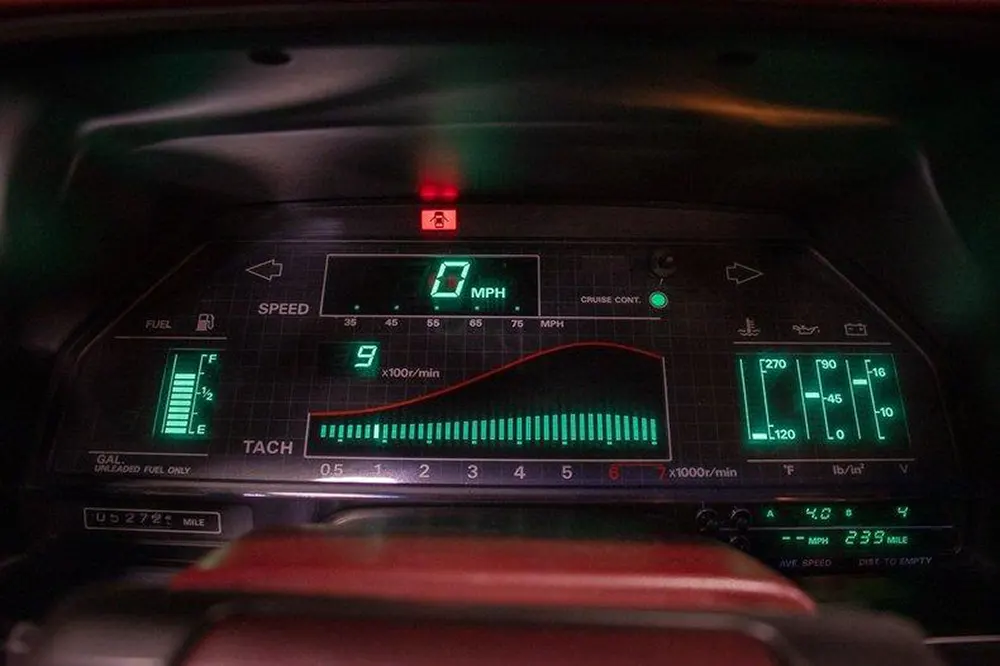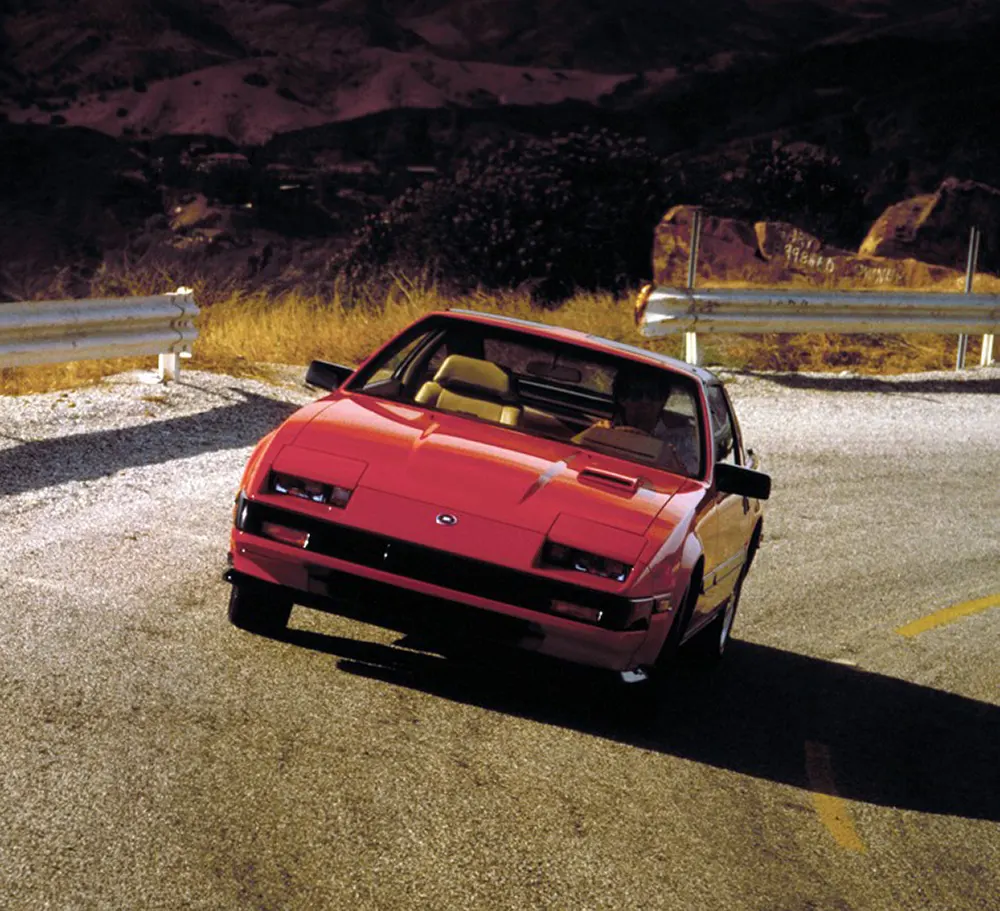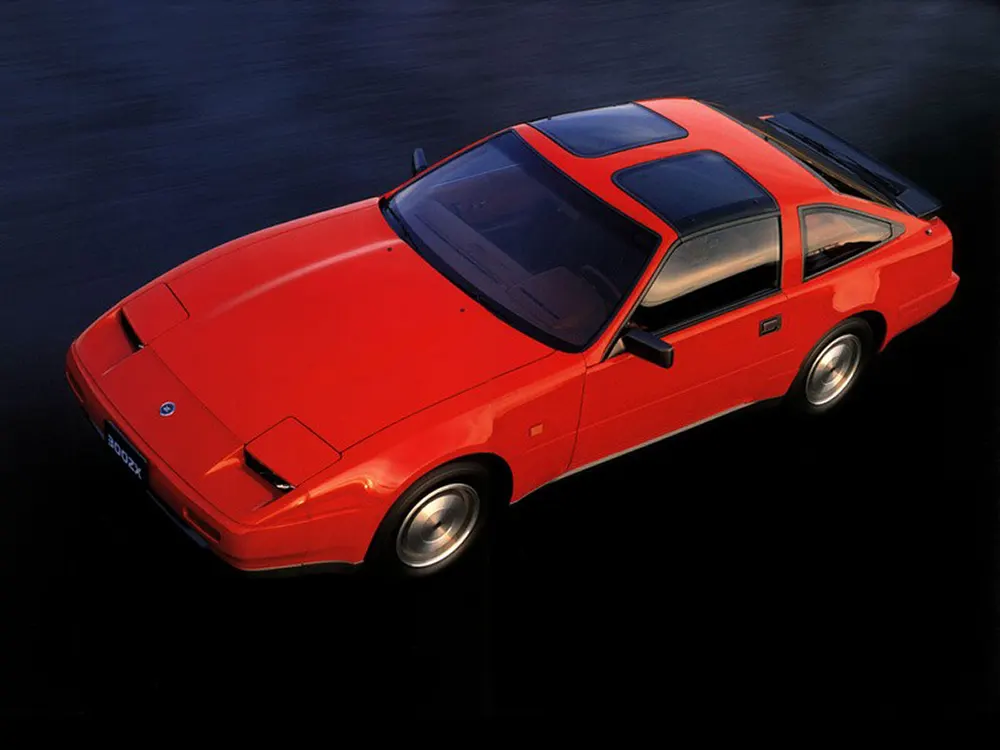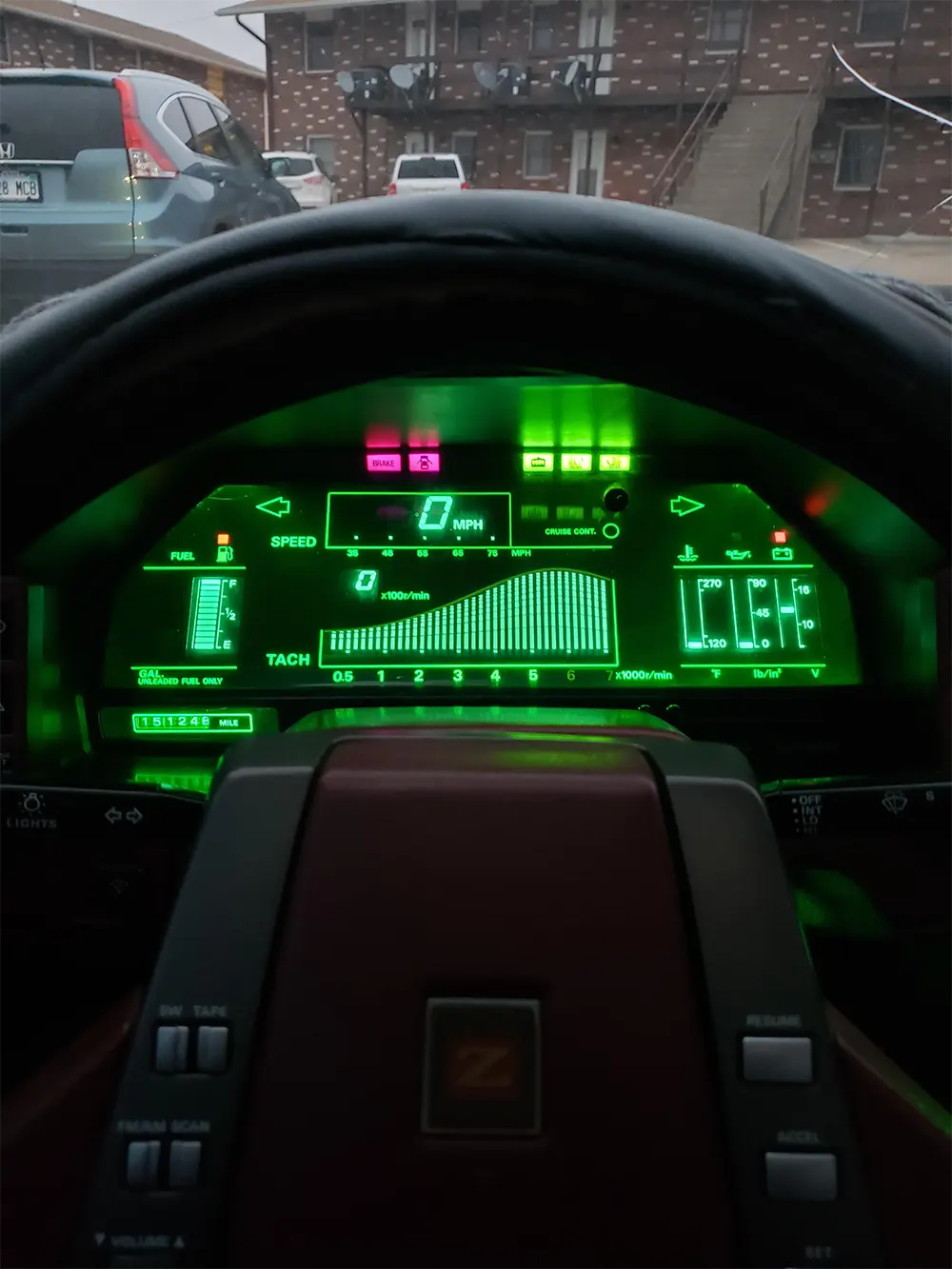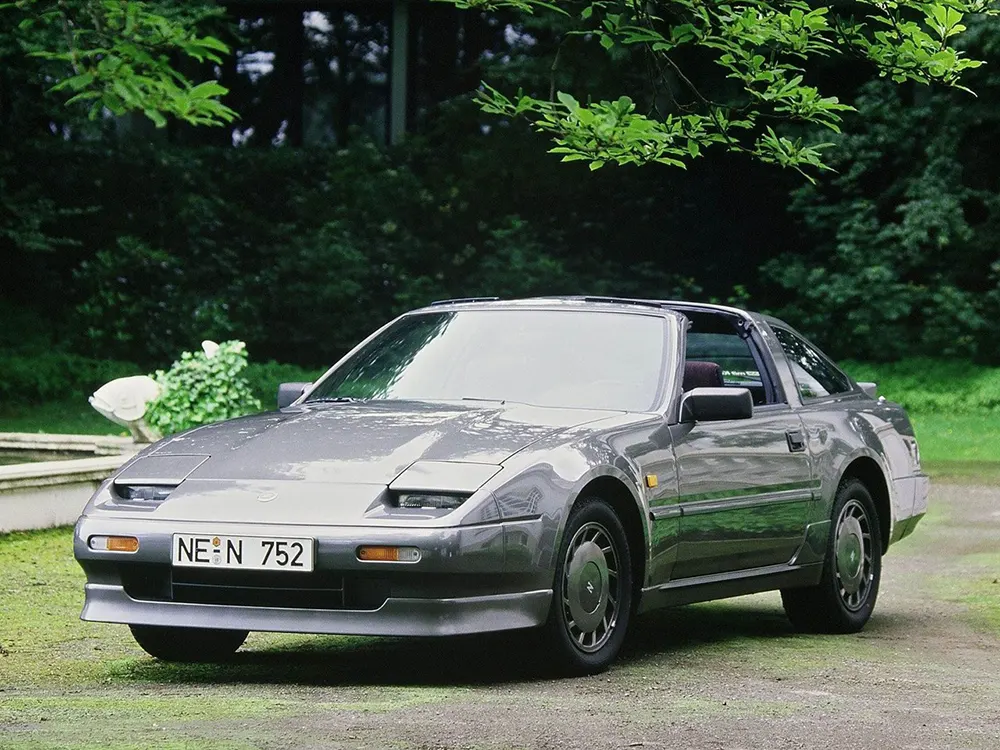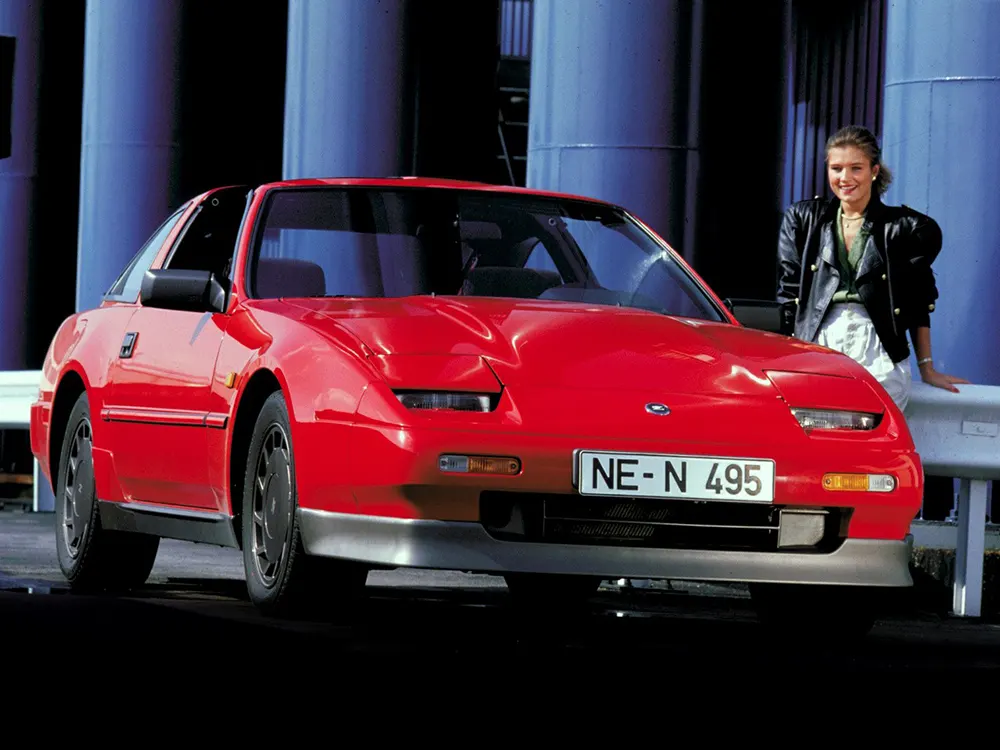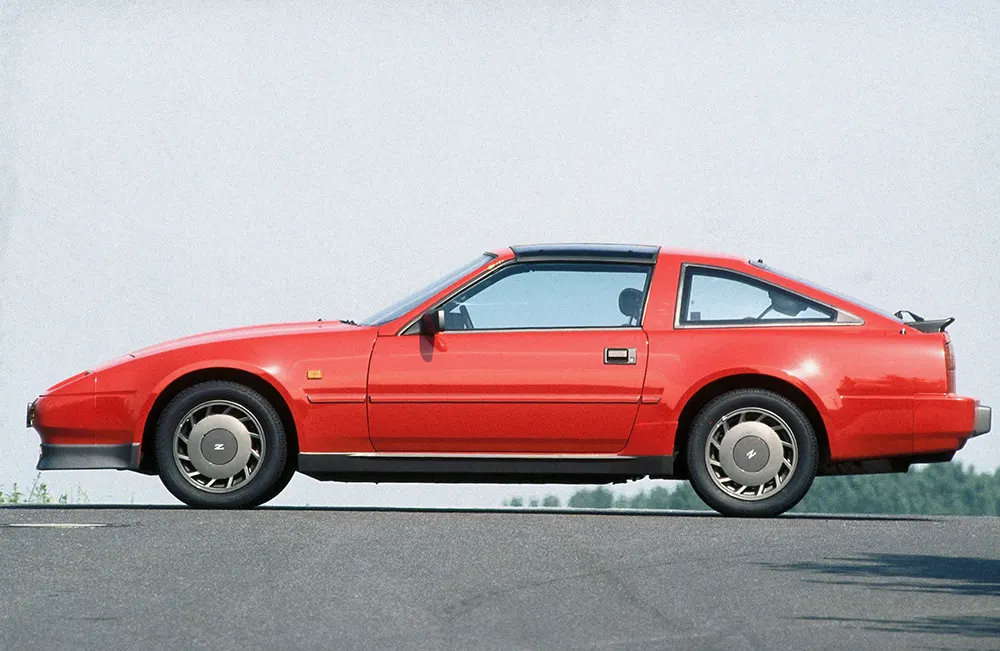Boasting sleek lines, cutting-edge features, and an unmistakable rebellious aesthetic, the 300ZX redefined automotive innovation during this era. Stepping into the Nissan 300ZX was akin to entering a realm where futuristic elements seamlessly merged with driver-centric ergonomics. The interior design was a testament to the car’s visionary approach, with every detail meticulously crafted. From the strategically placed controls to the supportive sport seats, the cabin exuded a sense of purpose and connectivity. One of the most striking aspects of the 300ZX was its cyberpunk-inspired dashboard. It featured a digital instrument cluster that replaced traditional analog gauges, offering a high-resolution display of vital information. The futuristic styling of the digital cluster, with its sharp angles and glowing digits, perfectly complemented the car’s overall design ethos. Beyond its visual appeal, the digital dashboard represented a significant technological advancement for its time. It provided real-time updates on speed, fuel levels, and engine diagnostics, delivering essential information to the driver at a glance. Complementing the cyberpunk dashboard, the 300ZX incorporated other high-tech elements that enhanced the interior’s futuristic ambiance. Sleek metallic accents and a dark color palette created an environment that exuded both luxury and technological sophistication. While the emphasis was on futuristic aesthetics, the interior design of the 300ZX also prioritized driver comfort and engagement. The placement of controls was ergonomic, allowing for intuitive operation and ensuring that the driver could remain focused on the road. The seating arrangements provided exceptional support and comfort, making long drives a pleasurable experience. The Nissan 300ZX wasn’t merely about futuristic aesthetics; it delivered exceptional performance as well. Engine options like the turbocharged 2.0-liter inline-six and the later 3.0-liter V6 provided the power and exhilaration expected from a sports car of its caliber. The advanced suspension system and precise handling characteristics contributed to the car’s nimble and responsive nature, elevating the driving experience to new heights. The enduring legacy of the Nissan 300ZX lies in its ability to capture the spirit of the 1980s. The fusion of futuristic interior design, cyberpunk influences, and advanced technologies made it an icon that continues to impress car enthusiasts. The first generation 300ZX known as the Z31 model was produced from 1983 through 1989 and was a sales success becoming the highest-volume Z-car for Nissan. The Z31 body was slightly restyled in 1986 with the addition of side skirts, flared fenders, and sixteen-inch wheels (turbo models only). Many black plastic trim pieces were also painted to match the body color, and the hood scoop was removed. The car was given a final makeover in 1987 that included more aerodynamic bumpers, fog lamps within the front air dam, and 9004 bulb-based headlamps that replaced the outdated sealed beam headlights. The 300ZX-titled reflector in the rear was updated to a narrow set of tail lights running the entire width of the car and an LED third brake light on top of the rear hatch. This was the first car in history to have the central brake light with LED, in 1987 model year, made by Stanley Electric. The Z31 continued selling until 1989, more than any other Z-Car at the time. Cars produced from 1984 to 1985 are referred to as “Zenki” or “Zenki-gata” models, while cars produced from 1987 to 1989 are known as “Kouki” or “Kouki-gata” models. North America was the main market for the 300ZX, as for previous generations of the Z-car. It was introduced to the United States in October 1983, along with the remainder of Nissan’s 1984 model year lineup. Over 70,000 units were sold in North America in 1985 alone. To become even more competitive in the sports car market, the second generation 300ZX was driven up-market. It was redesigned to be faster and to feature more advanced technology, but came with a higher price than its predecessor, with consecutive price increases each model year of availability. As such, sales dwindled each year, a trend in the higher-end sports car market at the time, and Nissan placed a hiatus on selling new Nissan Z-Cars to the US after the 1996 model year, though the car would continue to be sold in the Japan domestic market until 2001 in low production numbers. Car and Driver placed the Z32 on its Ten Best list for seven consecutive years, each model year of its availability in the United States. Motor Trend awarded it as the 1990 Import Car of the Year. The Nissan 350Z, officially the Z33 generation Z-Car, succeeded the 300ZX in 2003.
(Photo credit: Pinterest / Wikimedia Commons / Flickr). Notify me of new posts by email.
Δ Subscribe



